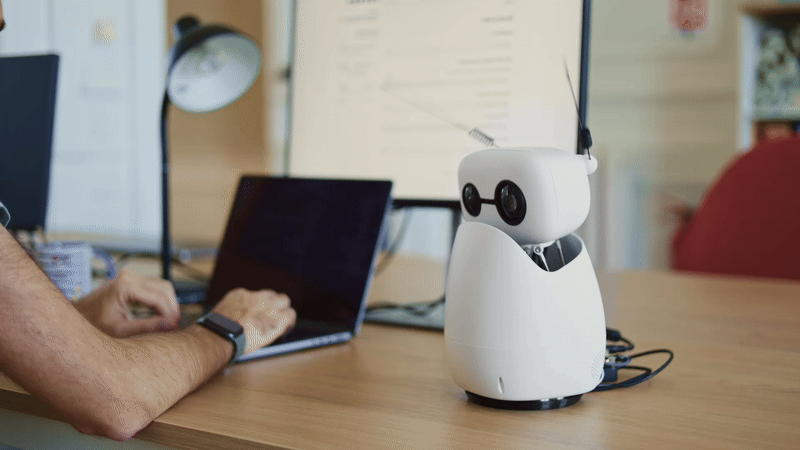In the rapidly evolving world of robotics, humanoid robots have moved beyond science fiction to become practical tools for learning, research, and creative innovation. Reachy Mini stands out as a compact, open-source humanoid robot built to make robotics accessible to a wide audience. Whether you are a developer, educator, researcher, student, or hobbyist, Reachy Mini combines expressive design, modular hardware, and seamless software integration to deliver an approachable platform for hands-on experimentation.
Designed for Accessibility and Innovation
Traditional robotics platforms often come with high costs, complex assembly, and specialized programming requirements. Reachy Mini lowers those barriers by offering a desktop-sized humanoid with intuitive controls and an open-source ecosystem. Its expressive features—LED eyes, animated antennas, and lifelike motion—do more than entertain: they demonstrate the value of embodiment in robotics and improve human-robot interaction during demonstrations and classroom lessons.
Two Versions to Match Different Needs
To accommodate different users and project scopes, Reachy Mini is available in two primary versions:
Reachy Mini Lite
Key features: 6-DoF head, LED eyes, animated antennas. Ideal for introductory robotics, classroom demonstrations, and STEM workshops. The Lite version is easy to set up and provides an engaging entry point to robotics without overwhelming complexity.
Reachy Mini Wireless
Key features: advanced sensors, onboard cameras, Wi-Fi connectivity, and integration with a Raspberry Pi 5. The Wireless version supports real-time computer vision, autonomous decision-making, and more complex AI experiments—making it suitable for developers and researchers.
AI Integration and Python SDK
Reachy Mini’s most powerful capability is its integration with artificial intelligence through a dedicated Python SDK. Developers can program custom behaviors, run simulations, and connect the robot to a large catalogue of AI models. Reachy Mini is compatible with models hosted on platforms such as Hugging Face, enabling experimentation with natural language, vision, and decision-making models.
Typical applications include:
- Voice-controlled interactions and conversational interfaces.
- Computer vision: face recognition, object detection, and gesture tracking.
- Autonomous behaviors that combine sensor input with AI reasoning.
- Expressive gestures that link AI outputs to physical motion.
Educational Benefits for STEM Learning
Reachy Mini excels as an educational tool. Its approachable size and visual expressiveness make abstract concepts tangible, helping students learn programming, mechatronics, and AI integration through active experimentation. Educators can use Reachy Mini to illustrate motion planning, sensor fusion, and human-robot interaction in a way that textbooks alone cannot.
Open-Source Collaboration and Creative Projects
As an open-source platform, Reachy Mini encourages community contributions. Users can share code, suggest hardware modifications, and build project forks, creating a collaborative environment that benefits researchers and hobbyists alike. From interactive art installations to research prototypes for intelligent assistants, the modular design allows projects to scale as requirements evolve.
Use Cases and Project Ideas
Classroom Labs
Hands-on lessons in Python programming, robotics fundamentals, and AI integration.
AI Prototyping
Rapid experiments combining Hugging Face models with onboard sensors for vision and speech.
Creative Installations
Interactive exhibits that react to people using gesture or voice recognition.
Conclusion
Reachy Mini demonstrates that meaningful robotics projects need not require large laboratories or prohibitive budgets. By combining modular hardware, expressive design, and AI integration, it provides a versatile platform for STEM education, hobbyist tinkering, and advanced research. Whether you are introducing students to robotics or prototyping the next generation of human-robot interaction experiments, Reachy Mini offers a compelling and accessible entry point.
To learn more and get started, visit https://reachy-mini.net/.
